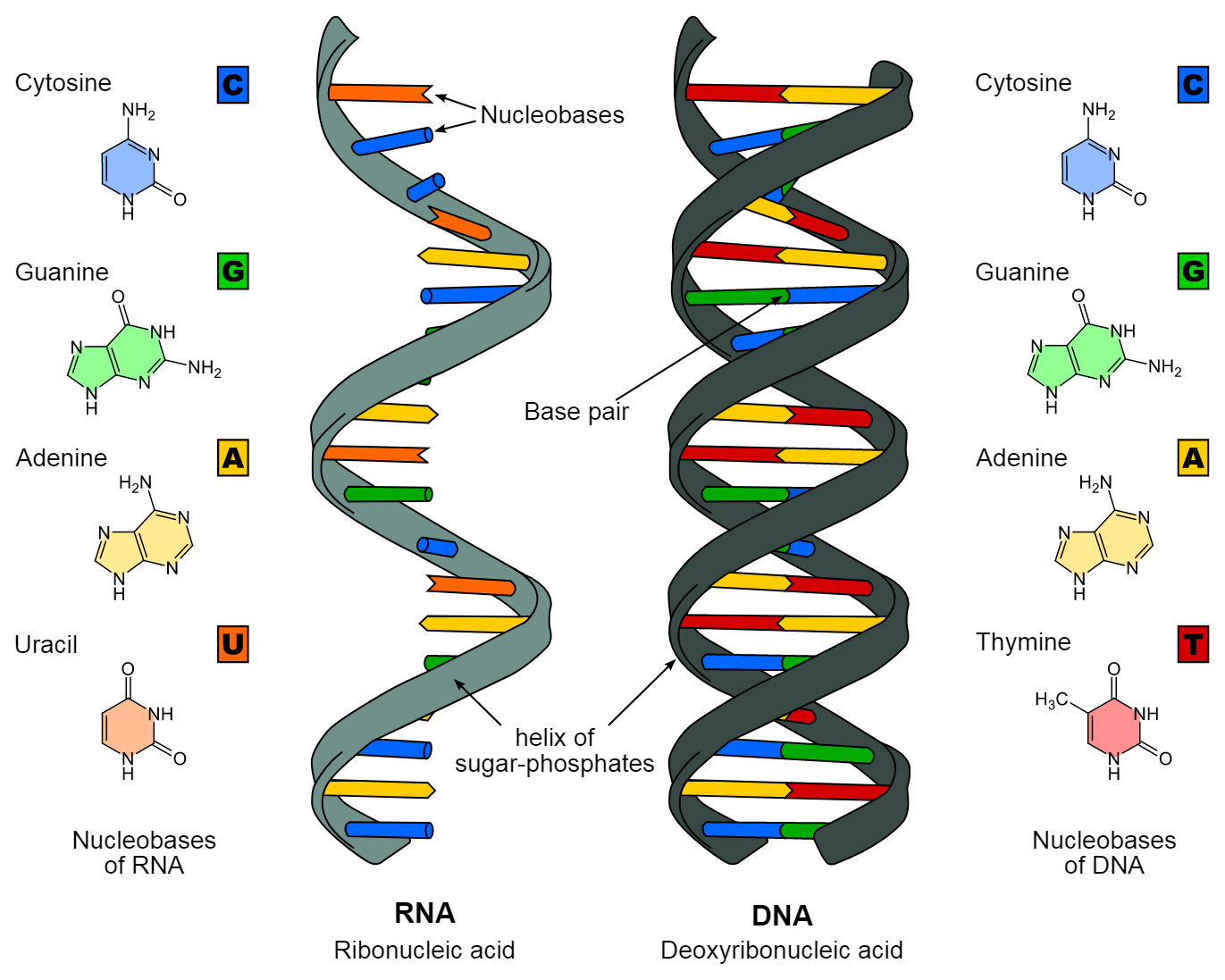
Briefly discuss the structure and functions of DNA
Answer
546k+ views
Hint: DNA-Deoxyribonucleic acid forms the genetic material of most of the organisms and is a type of nucleic acid which is a polymer made up of nucleotides.
Complete answer:
1)DNA is made up of two antiparallel strands that are twisted around each other and form two types of grooves that are a major groove and a minor groove.
2)A nucleotide of DNA is made up of three parts, that are phosphate group, a nitrogenous base (purines and pyrimidines,) and deoxyribose sugar.
3)In DNA purine can be adenine or guanine and pyrimidine can be thymine and cytosine.
4)A nucleoside is a nucleotide without phosphate group, a nucleoside is formed by N-glycosidic linkage which is formed between the alcoholic 'OH' group present on the first carbon of deoxyribose sugar and the nitrogenous base.
5)When a phosphate group is attached to an alcoholic group 'OH' present on the fifth carbon of the nucleoside, the formation of nucleotide takes place.
6)These nucleotides join to form a polynucleotide chain that forms the DNA.
7)The main function of DNA is to store the genetic information and inheritance of this information from the parents to the offsprings with the help of DNA replication. The DNA is also known for producing various proteins and it is also involved in mutations, cellular metabolism, etc.

Note: 1)The length of DNA is not the same in all organisms as it depends on the number of nucleotides present in the DNA.
2)The DNA was first discovered by biologist Friedrich Meischer in the year 1869 but the detailed double helix structure was given by James Watson and Francis Crick.
Complete answer:
1)DNA is made up of two antiparallel strands that are twisted around each other and form two types of grooves that are a major groove and a minor groove.
2)A nucleotide of DNA is made up of three parts, that are phosphate group, a nitrogenous base (purines and pyrimidines,) and deoxyribose sugar.
3)In DNA purine can be adenine or guanine and pyrimidine can be thymine and cytosine.
4)A nucleoside is a nucleotide without phosphate group, a nucleoside is formed by N-glycosidic linkage which is formed between the alcoholic 'OH' group present on the first carbon of deoxyribose sugar and the nitrogenous base.
5)When a phosphate group is attached to an alcoholic group 'OH' present on the fifth carbon of the nucleoside, the formation of nucleotide takes place.
6)These nucleotides join to form a polynucleotide chain that forms the DNA.
7)The main function of DNA is to store the genetic information and inheritance of this information from the parents to the offsprings with the help of DNA replication. The DNA is also known for producing various proteins and it is also involved in mutations, cellular metabolism, etc.

Note: 1)The length of DNA is not the same in all organisms as it depends on the number of nucleotides present in the DNA.
2)The DNA was first discovered by biologist Friedrich Meischer in the year 1869 but the detailed double helix structure was given by James Watson and Francis Crick.
Recently Updated Pages
Master Class 12 English: Engaging Questions & Answers for Success

Master Class 12 Business Studies: Engaging Questions & Answers for Success

Master Class 12 Economics: Engaging Questions & Answers for Success

Master Class 12 Social Science: Engaging Questions & Answers for Success

Master Class 12 Maths: Engaging Questions & Answers for Success

Master Class 12 Chemistry: Engaging Questions & Answers for Success

Trending doubts
What are the major means of transport Explain each class 12 social science CBSE

Which are the Top 10 Largest Countries of the World?

Draw a labelled sketch of the human eye class 12 physics CBSE

Explain sex determination in humans with line diag class 12 biology CBSE

The pH of the pancreatic juice is A 64 B 86 C 120 D class 12 biology CBSE

Explain sex determination in humans with the help of class 12 biology CBSE




